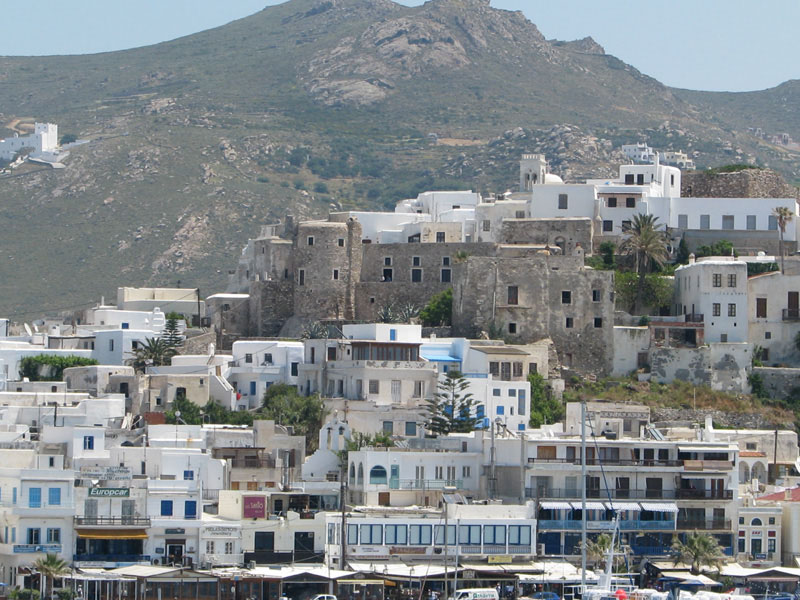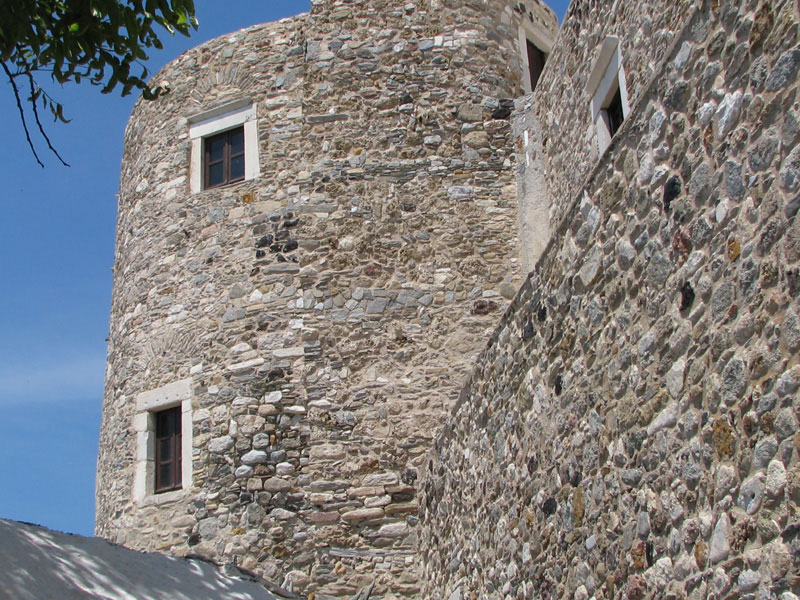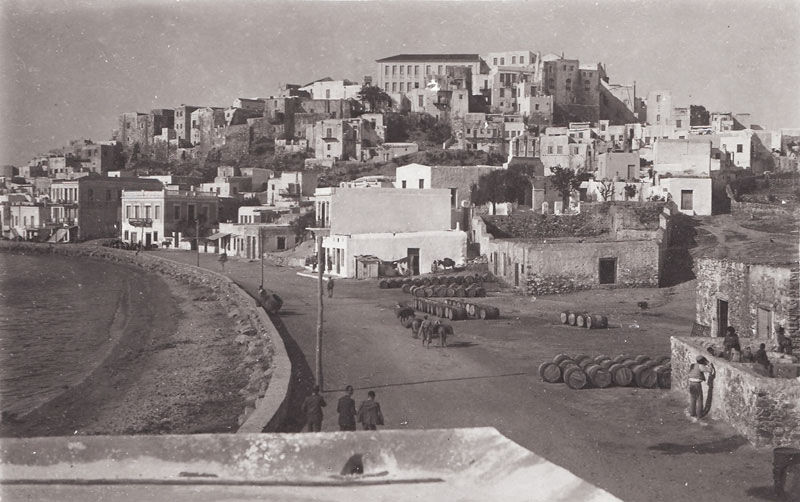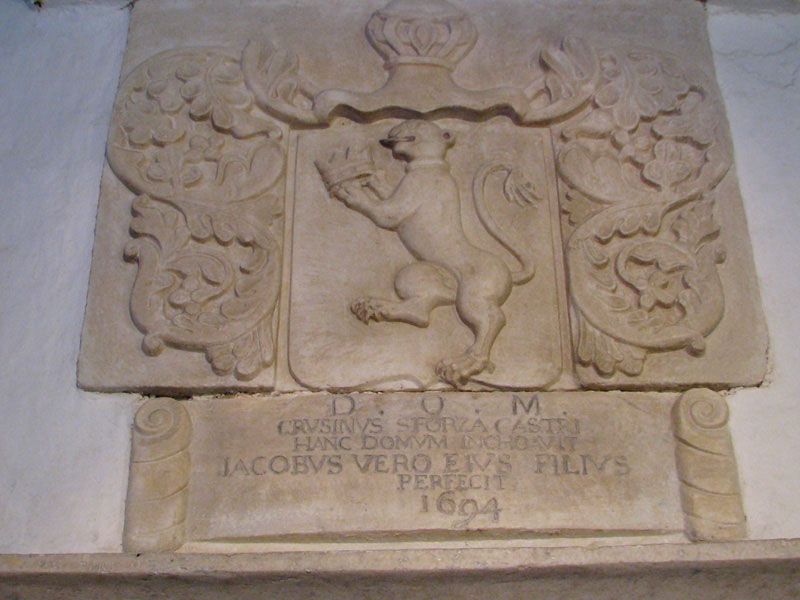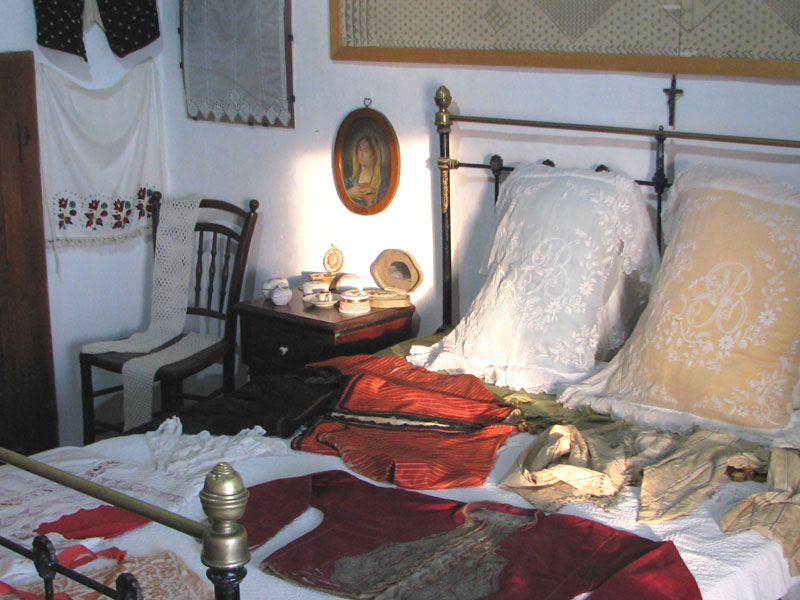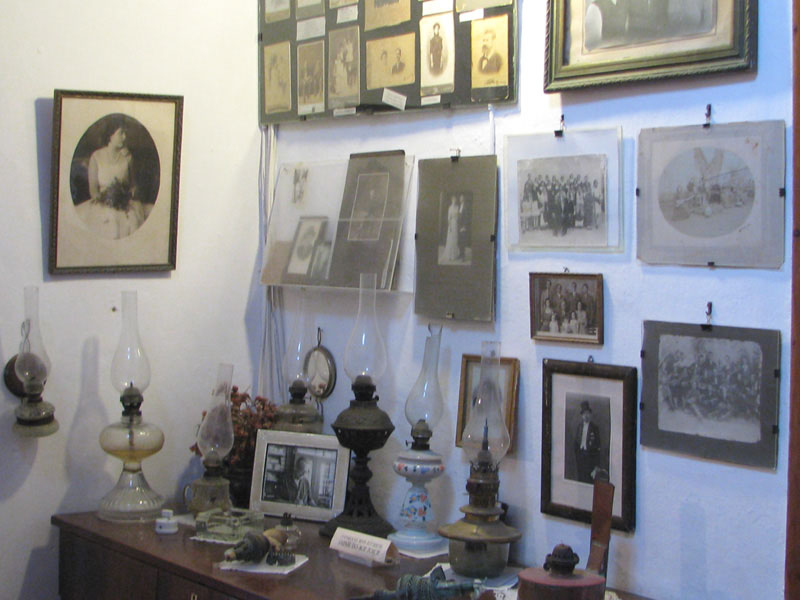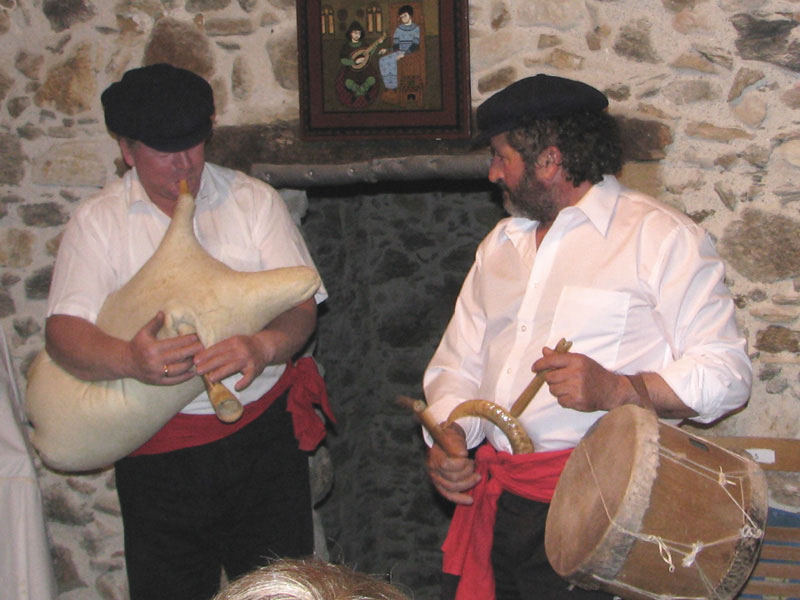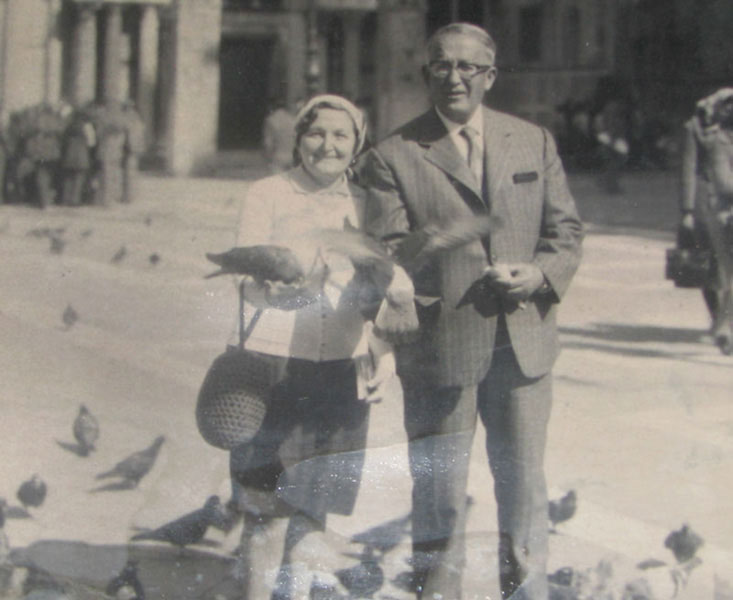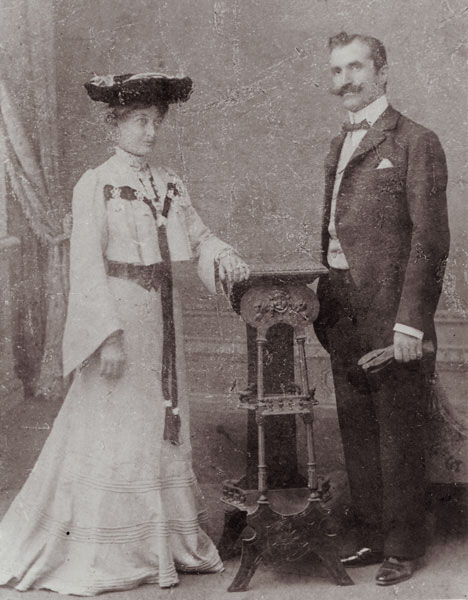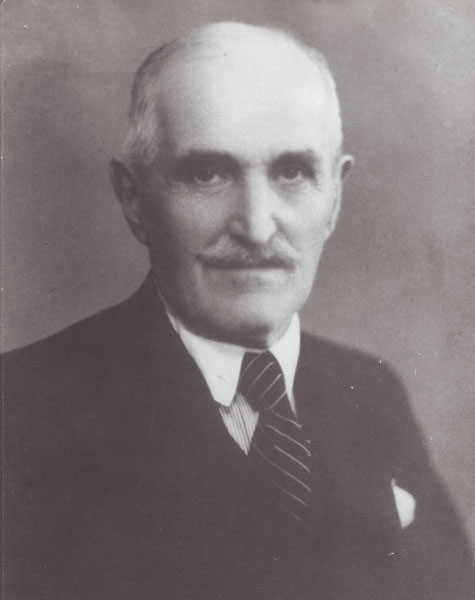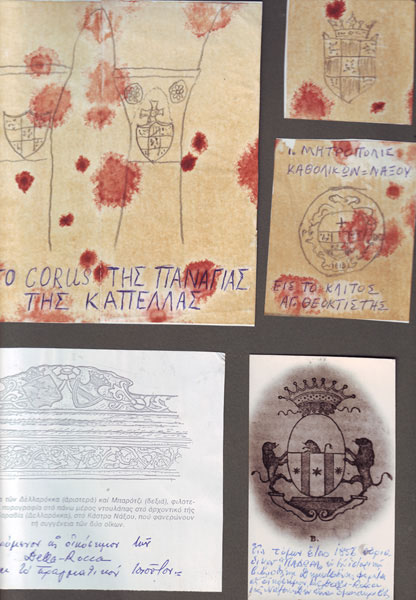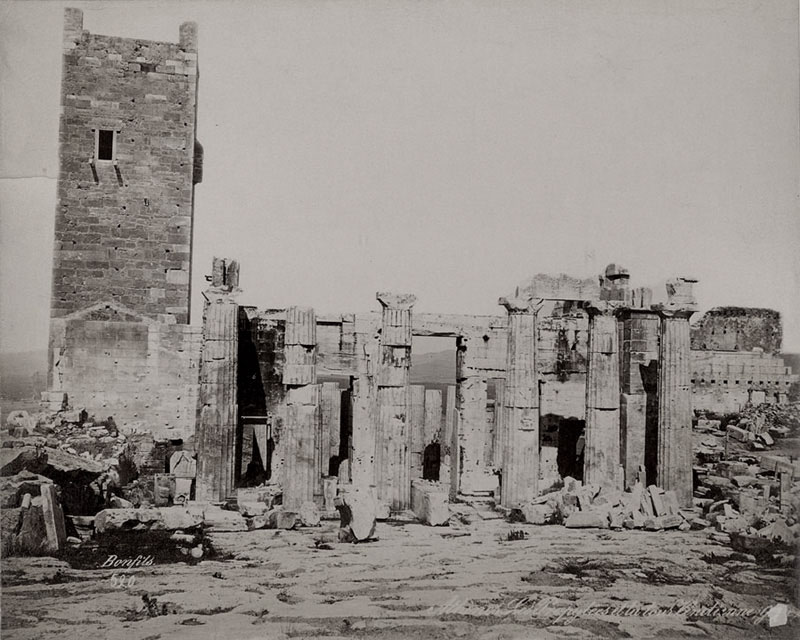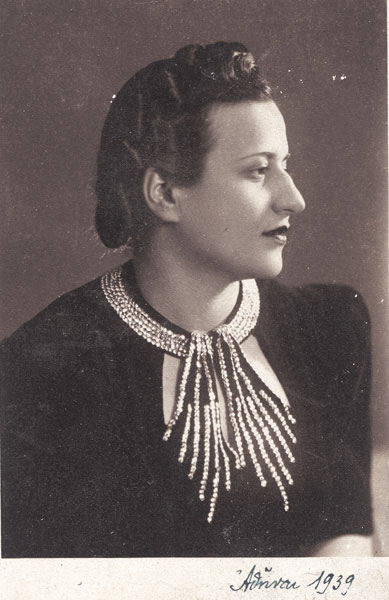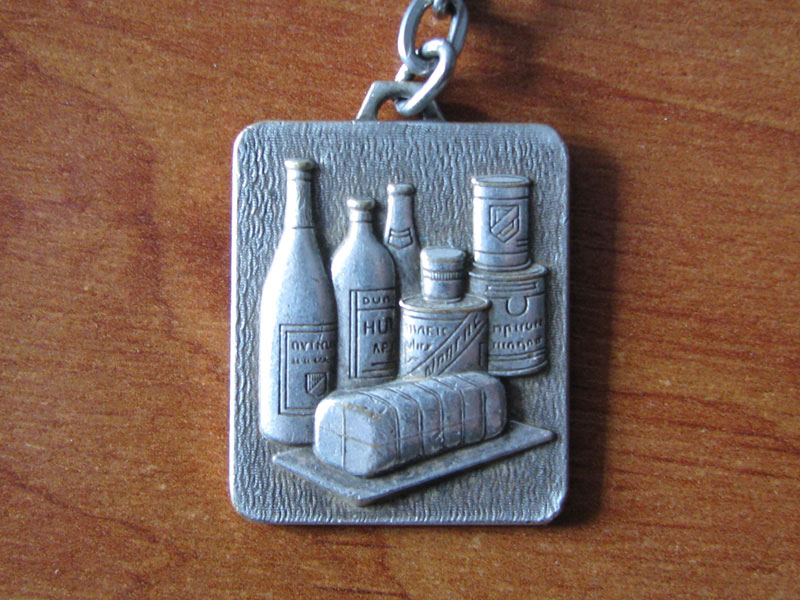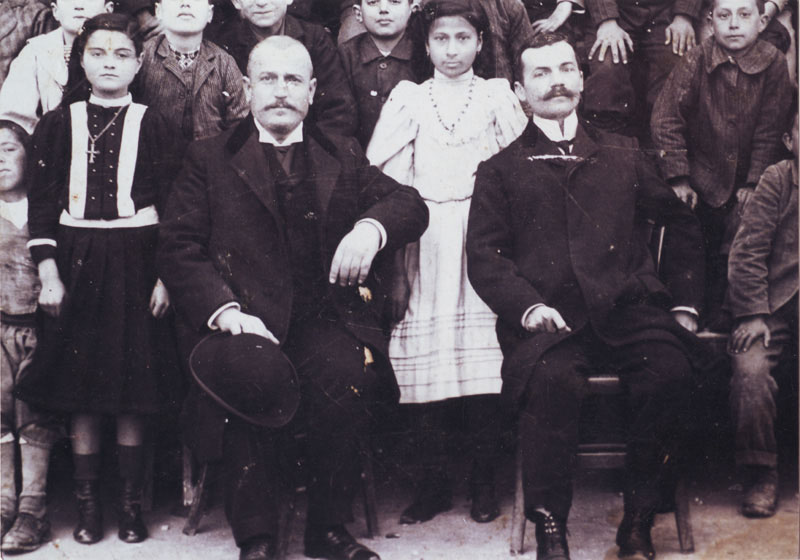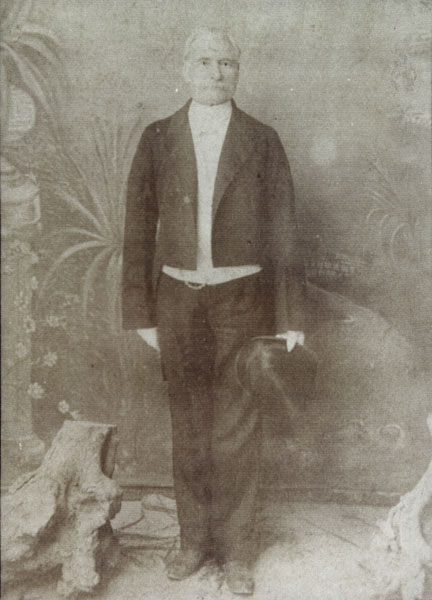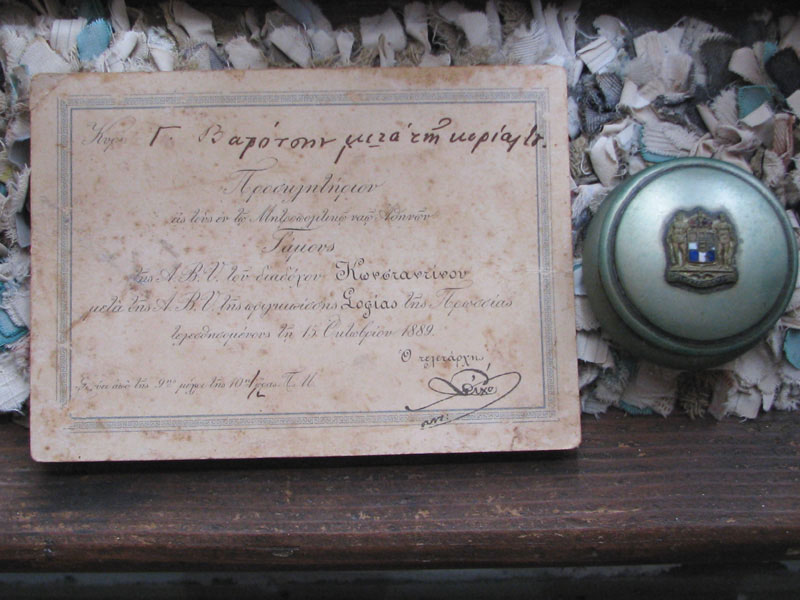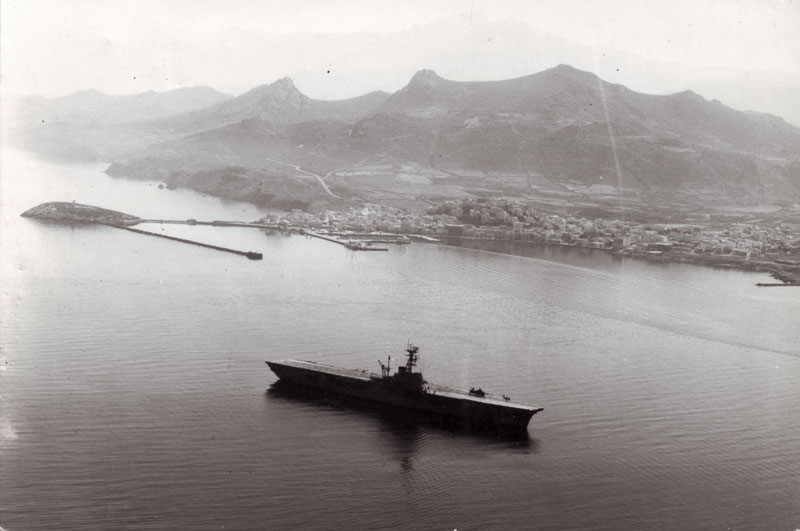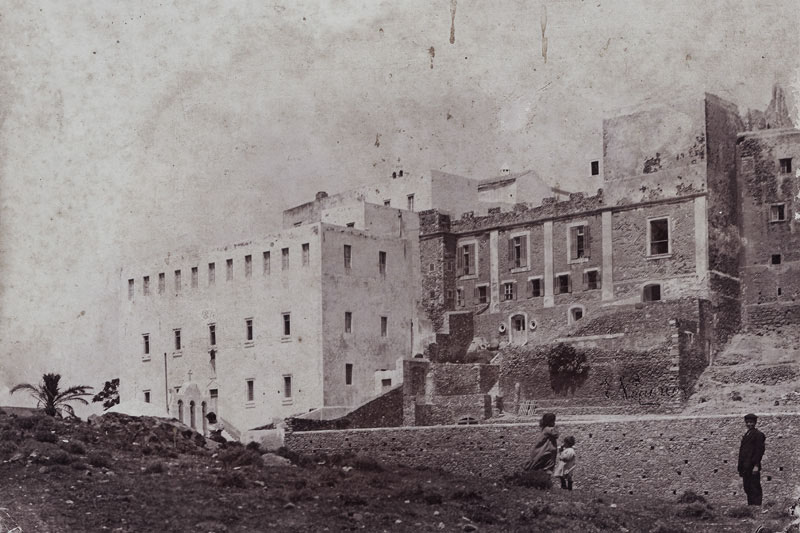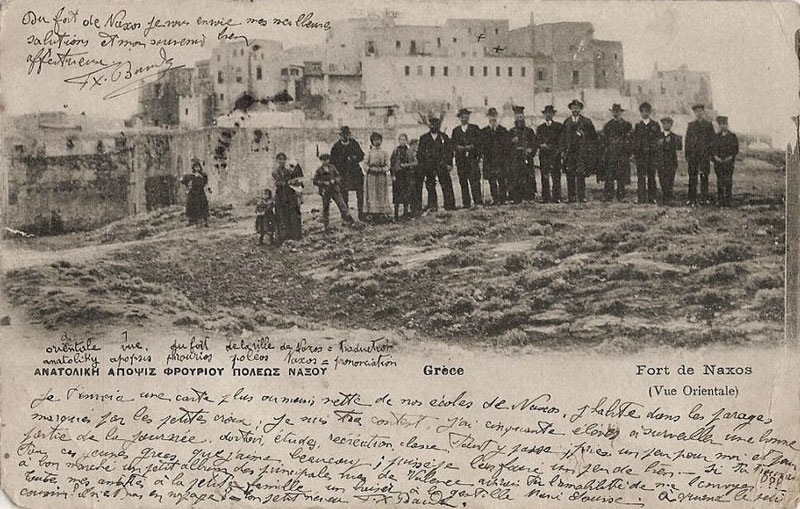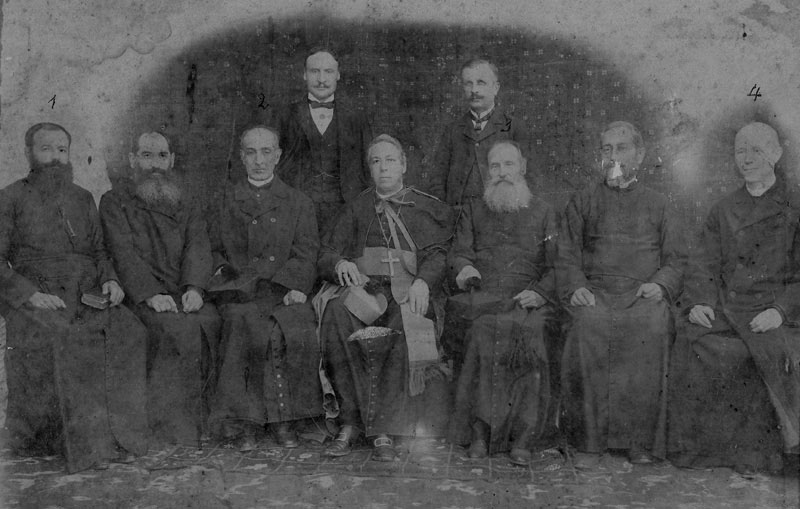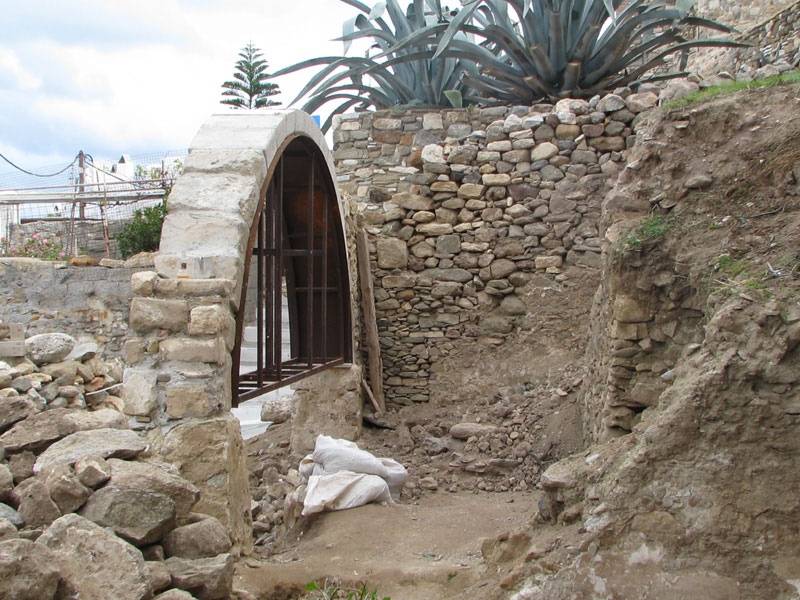| |
View of the Castro of Naxos from the port. |
| |
|
|
|
| The busy Naxos town seafront dating from the 1930s. |
| |
Coat of arms within the museum house, placed at the door top of the former Italian Consul’s office, but not belonging to the Barozzi family. It belongs to the Sforza Castri family, it is obvious that the mansion that nowadays houses the Museum, has changed a lot of landlords! |
|
|
The interior of a room within the Venetian Museum of Domus Della Rocca-Barozzi. |
|
Family mementos and ephemera all displayed within the museum. |
|
The basement of the Venetian Museum, that serves today for the many concerts and cultural activities orgainised by the Museum, dating from the complex’s original contruction in 1207. |
|
A performance in one of the many concerts of the summer festival held at the Venetian Museum, Mr Karavias plays the traditional hand carved drum of Naxos called ‘toumbaki’ and accompanied by a local shepherd playing the local wind instrument, the ‘tzabouna’. |
|
|
The parents of Nikolaos Karavias, photographed in the 1950s in St. Mark’s Square in Venice. |
|
|
The 1903 marriage of the maternal grandparents of Mr Karavias (Nikolaos the first pharmacist of Naxos) della Rocca to (Andrea) Eleonora Barozzi. |
|
Nikolaos Della Rocca, father of Mr Karavias’s mother, c. 1935 |
|
The coat of arms of the Della Rocca family (left) next to the Sanudos dynasty of Naxos, the clue to why the former family sought refuge in this island post their loss in Greece mainland, they were related by marriage earlier, at the Duke’s private chapel no less. |
|
|
The ‘Frank Tower’ on the Acropolis Hill as it stood till the late 19th century, a relict of the times when this place was ruled by the crusader Della Rocca family originally from France. |
|
Margerita Barozzi, niece of Mr Karavias’s mother in Djibuti, running business there - 1939 |
|
Key ring with the symbols of commerce and address in Djibuti in reverse, a legacy of the Barozzi family when they were one of the main merchants in that African port city. |
|
Uncle of Mr Karavias’s mother, Michael John Della Rocca on the left seated, teacher in Naxos surrounded by his pupils, dated 1920s. The man on the right is the director of the school Jacovos Anastassio Barozzi (1868-1952). |
|
Great grandfather, George Barrozzi (maternal grandmother’s father), 1890s, merchant and landowner in Naxos. |
|
Invitation to Mr Karavias’s mother’s paternal grand-parents (George Barozzi and wife) to the marriage of the King of Greece and on the right the ‘bonboniera’: a box containing sweets as a token of appreciation for attenting the marriage ceremony. |
|
Visit in 1973 of a French aircraft carrier to Naxos, a legacy of its historic protection role, a tradition now lost to history. Ironically the Ursuline Catholic School was to close for good a year later. |
|
|
Photo taken 1925, the white building on the left is only the part of the Ursuline Nun’s School, primary/secondary education for girls only (the growth of the complex was partly through donations of neighbouring houses) that officially opened in 1739. The building on the right was the Greek Commercial School of Naxos, that was operated by the Jesuits for boys only, between 1628 and 1927, that made it the oldest such institution established in the Ottoman Empire. Amongst its graduates was Nikos Kazantzakis, the great Greek writer/philosopher/poet amongst whose works includes ‘Christ recrucified’ and ‘Zorba the Greek’.
In the summer of 2010 a re-union of former pupils of this institution is currently being organized and would welcome contact from the alumni who are interested in this organized trip. |
|
Another archive photo taken from a S.E. aspect, centre white building part of the Ursuline’s School and the Jesuit Commercial School the neighbouring block. The area where people are standing is now full of residential properties. At different times other Catholic religious orders were active in Naxos, and providing their own educational services, including the Capucins, Lazarits etc. |
|
|
Photo taken 1905 in Naxos on the occasion of the arrival of the newly installed Catholic Arch-Bishop of Naxos, Philipus Maria Kamassey surrounded local priests including from the Barozzi (no:2), Della Stik (no: 3) and Sommaripa families (no:1 & 4), all related to the Karavias's family. The Della Stik family as origin were cousins of the King of France. |
|
|
Initial stage of the reconstruction in 2009 (arch to carry a portion of the roof) of the former house neighbouring the castro walls, destroyed during WWII (13 Oct 1944) before the German garrison gave up. |
